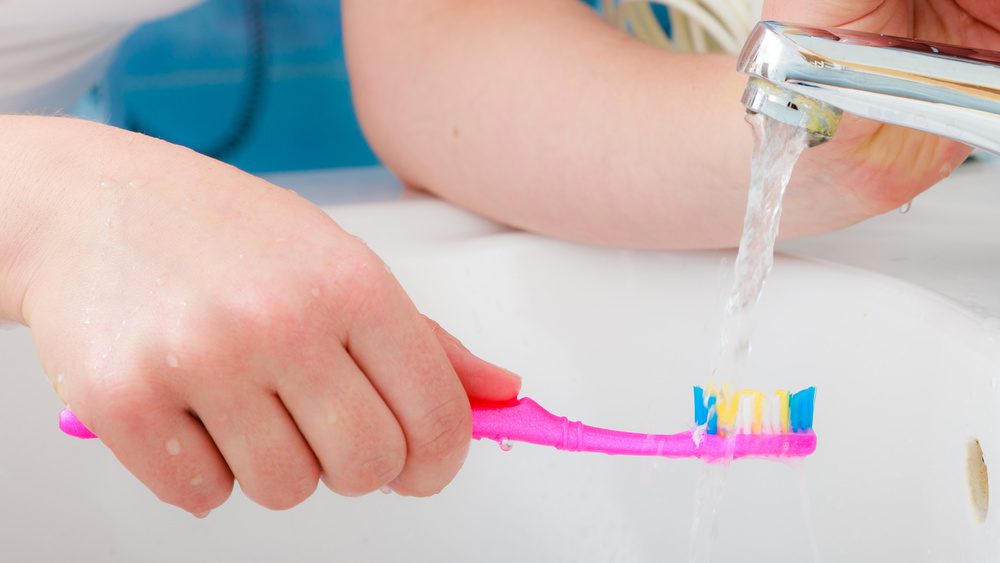We do not forget to use a toothbrush every day to clean our teeth and tongue from plaque and bacteria. However, not everyone remembers that this oral cleaner also needs special care. Bacteria remaining on the bristles of the brush after use, the air in the unventilated bathroom where it is stored – all this quickly makes the toothbrush a breeding ground for germs and practically unusable. We will tell you how to disinfect and store this “tool” so that it can be used safely during the recommended service life.
How to disinfect and clean your toothbrush
- Rinse under hot water every time before and after use. This basic method will help you get rid of bacteria that may have accumulated on your toothbrush. The water must be hot enough to generate steam. But it harms the hairs on the brush, and shorten the life of your toothbrush but above all makes it very clean.
- You can resort to an antibacterial mouthwash. After brushing your teeth, pour the liquid into a small container and immerse the brush in it for about 2-3 minutes.
- Denture cleaning tablets are an alternative to antibacterial liquids. It contains antimicrobial ingredients that are designed to eliminate plaque and bacteria in the mouth. Dissolve half a tablet in a glass of water and dip the brush into it for 90 seconds.
- You can use baking soda also. Baking soda is an effective cleaning agent. Put the head of your toothbrush in a glass and soak it with baking soda and a little water.
Where to place your tooth brush
- Do not place toothbrushes next to the toilet. When flushed away, invisible faecal particles are lifted into the air, spreading bacteria throughout the bathroom. It is recommended to store the brushes in a first aid kit with a closed lid, case, or at least purchase a protective cap. Before putting on the cap, you need to make sure that the fluff is completely dry to avoid the growth of microbes in a humid environment.
- Avoid storing multiple toothbrushes back to back. This can cause bacterial cross-contamination of the villi.
- Do not keep toothbrushes of all family members together. If you are keeping many toothbrushes in a container, then make sure that they do not touch each other. This allows bacteria from one toothbrush to easily move to another toothbrush. After brushing, dry the toothbrush. A wet one has a greater the risk of germinating bacteria.
Change your brush when the brush starts to wiggle from the top or if you recover after a long illness. After brushing, keep the toothbrush upright so that it drains water and keeps it dry.

